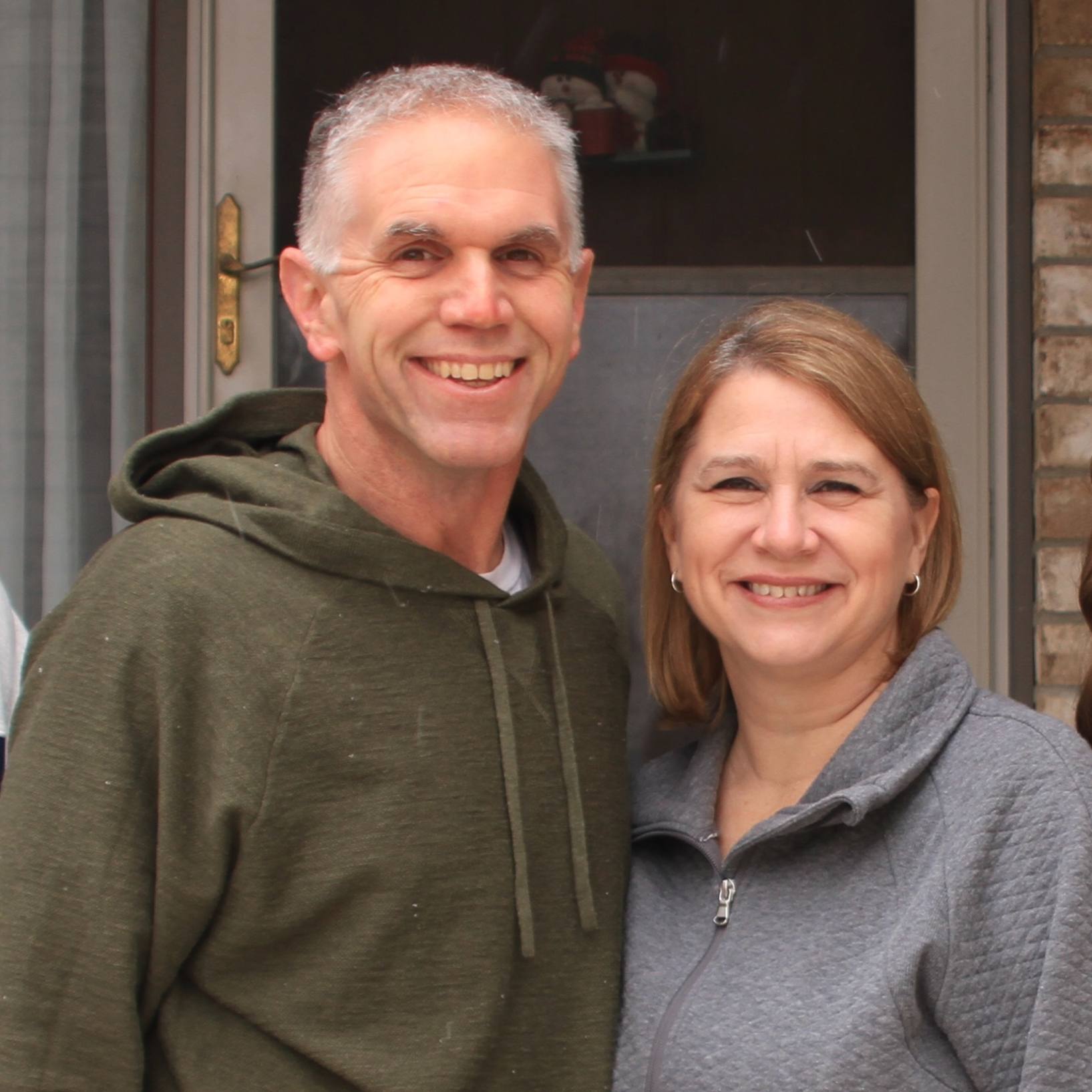-
Cardiovascular
The polar vortex and treating hypothermia

The deep freeze gripping much of the U.S. is paralyzing and dangerous. Mayo Clinic emergency medicine experts say the fear of frostbite and hypothermia should be taken seriously.
Hypothermia (hi-poe-THUR-me-uh) is a medical emergency that occurs when your body loses heat faster than it can produce heat, causing a dangerously low body temperature. Normal body temperature is around 98.6 Fahrenheit (37 Celsius). Hypothermia occurs as your body temperature falls below 95 Fahrenheit (35 Celsius).
When your body temperature drops, your heart, nervous system and other organs can't work normally. Left untreated, hypothermia can eventually lead to complete failure of your heart and respiratory system and eventually to death.
Hypothermia is often caused by exposure to cold weather or immersion in a cold body of water. It can also be caused by ongoing exposure to indoor temperatures below 50 Fahrenheit (10 Celsius). You could be at increased risk if you're also exhausted or dehydrated.
Signs and symptoms of hypothermia usually develop slowly and may include:
- Shivering, though this may stop as body temperature drops
- Slurred speech or mumbling
- Slow, shallow breathing
- Weak pulse
- Clumsiness or lack of coordination
- Drowsiness or very low energy
- Confusion or memory loss
- Loss of consciousness
- Bright red, cold skin (in infants)
Someone with hypothermia usually isn't aware of his or her condition because the symptoms often begin gradually. Also, the confused thinking associated with hypothermia prevents self-awareness. The confused thinking can also lead to risk-taking behavior.
Diagnosis
The diagnosis of hypothermia is usually apparent based on a person's physical signs and the conditions in which the person with hypothermia became ill or was found. Blood tests also can help confirm hypothermia and its severity.
A diagnosis may not be readily apparent, however, if the symptoms are mild, as when an older person who is indoors has symptoms of confusion, lack of coordination and speech problems.
First-aid treatment
If you suspect someone has hypothermia, call 911 or your local emergency number. Until medical help is available, follow these first-aid guidelines for hypothermia.
- Be gentle.
When you're helping a person with hypothermia, handle him or her gently. Limit movements to only those that are necessary. Don't massage or rub the person. Excessive, vigorous or jarring movements may trigger cardiac arrest. - Move the person out of the cold.
Move the person to a warm, dry location if possible. If you're unable to move the person out of the cold, shield him or her from the cold and wind as much as possible. Keep him or her in a horizontal position if possible. - Remove wet clothing.
If the person is wearing wet clothing, remove it. Cut away clothing if necessary to avoid excessive movement. - Cover the person with blankets.
Use layers of dry blankets or coats to warm the person. Cover the person's head, leaving only the face exposed. - Insulate the person's body from the cold ground.
If you're outside, lay the person on his or her back on a blanket or other warm surface. - Monitor breathing.
A person with severe hypothermia may appear unconscious, with no apparent signs of a pulse or breathing. If the person's breathing has stopped or appears dangerously low or shallow, begin CPR immediately if you're trained. - Provide warm beverages.
If the affected person is alert and able to swallow, provide a warm, sweet, nonalcoholic, noncaffeinated beverage to help warm the body. - Use warm, dry compresses.
Use a first-aid warm compress (a plastic fluid-filled bag that warms up when squeezed) or a makeshift compress of warm water in a plastic bottle or a dryer-warmed towel. Apply a compress only to the neck, chest wall or groin. Don't apply a warm compress to the arms or legs. Heat applied to the arms and legs forces cold blood back toward the heart, lungs and brain, causing the core body temperature to drop. This can be fatal. - Don't apply direct heat.
Don't use hot water, a heating pad or a heating lamp to warm the person. The extreme heat can damage the skin or, even worse, cause irregular heartbeats so severe that they can cause the heart to stop. - Don't give the person alcohol or cigarettes.
Alcohol hinders the rewarming process, and tobacco products interfere with circulation that is needed for rewarming. - Begin CPR.
If the person shows no signs of life, such as breathing, coughing or movement, begin CPR.
Medical treatment
Depending on the severity of hypothermia, emergency medical care for hypothermia may include one of the following interventions to raise the body temperature:
- Passive rewarming.
For someone with mild hypothermia, it is enough to cover them with heated blankets and offer warm fluids to drink. - Blood rewarming.
Blood may be drawn, warmed and recirculated in the body. A common method of warming blood is the use of a hemodialysis machine, which is normally used to filter blood in people with poor kidney function. Heart bypass machines also may need to be used. - Warm intravenous fluids.
A warmed intravenous solution of salt water may be put into a vein to help warm the blood. - Airway rewarming.
The use of humidified oxygen administered with a mask or nasal tube can warm the airways and help raise the temperature of the body. - Irrigation.
A warm saltwater solution may be used to warm certain areas of the body, such as the area around the lungs (pleura) or the abdominal cavity (peritoneal cavity). The warm liquid is introduced into the affected area with catheters.
Related posts:
- Frosty grip brings frostbite fears and other weather-related worries
- Mayo Clinic Minute: Why the risk of frostbite is greater than you think
- Mayo Clinic Minute: How your snowblower can injure your hands even when it's not on
- Mayo Clinic Minute: Winter skin protection tips
- Tips to prevent injuries on icy, snowy sidewalks







